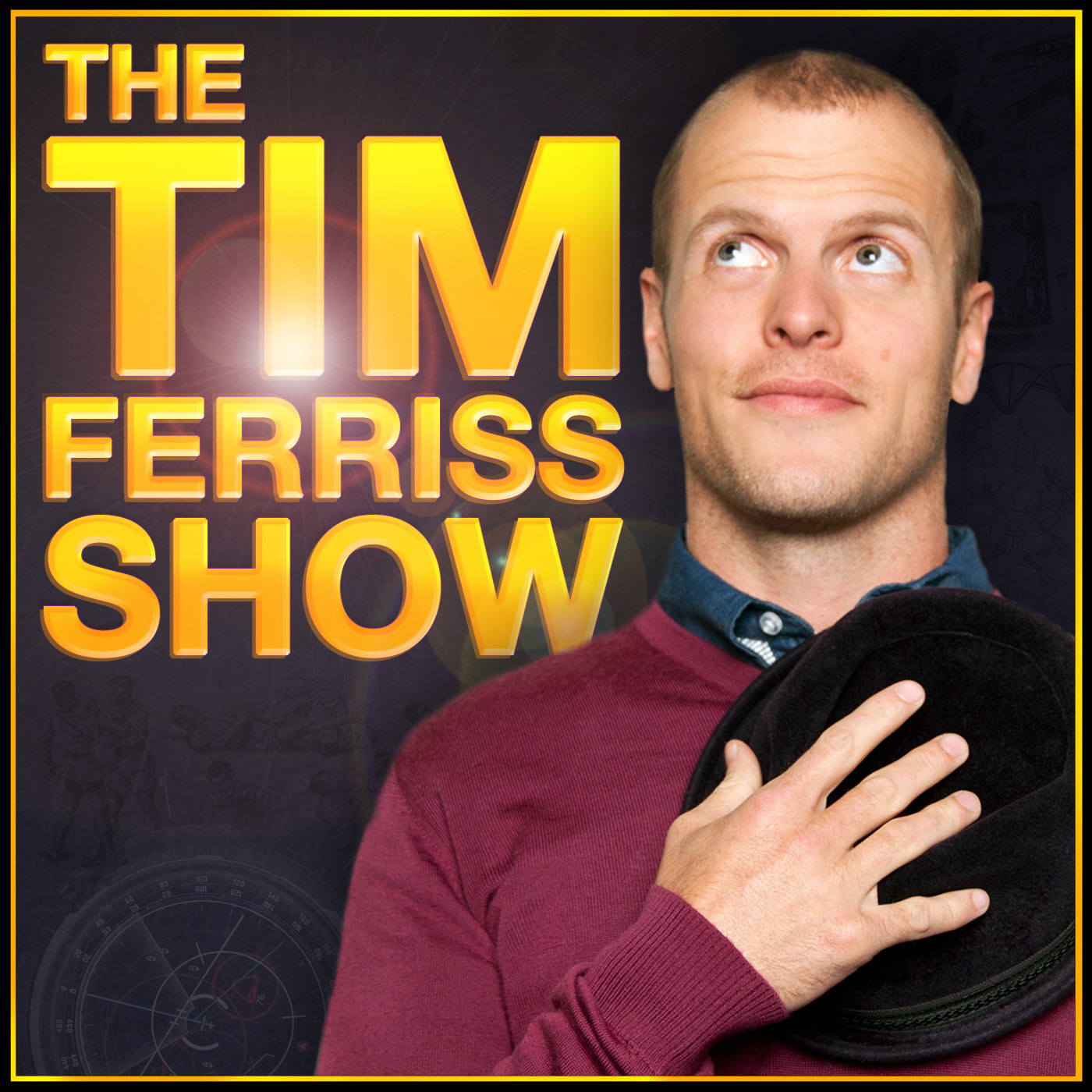Ranked #1

Lecture 24: Hidden Markov models and the Vitterbi algorithm
Lecture 24: Hidden Markov models and the Vitterbi algorithm
Finish the discussion of HMMs for CpG islands. Introductionto the Vitterbi algorithm (really dynamic programming)to find... Read more
25 Jan 2010
•
4mins
Ranked #2

Lecture 23: Hidden Markov models
Lecture 23: Hidden Markov models
Hidden Markov models to identify CpG islands. Thislecture follows the discussion in Durbin and Eddy.
24 Jan 2010
•
4mins
Ranked #3

Lecture 18: Multiple sequence alignment I
Lecture 18: Multiple sequence alignment I
Start of discussion on Multiple Sequence Alignment. sum-of-pairs objective function. Dynamic program solution for three ... Read more
19 Jan 2010
•
4mins
Ranked #4

Lecture 16: BLAST statistics
Lecture 16: BLAST statistics
E-values, extreme value distribution, probability of a match
17 Jan 2010
•
Ranked #5

Lecture 15: BLAST II
Lecture 15: BLAST II
Discussion of hashing kmers, E-values, statistics, BLAST II
15 Jan 2010
•
3mins
Ranked #6

Lecture 14: BLAST I
Lecture 14: BLAST I
Introduction to the ideas behind BLAST I.
14 Jan 2010
•
4mins
Ranked #7

Lecture 10: End-gap-free alignment and whole-genome shotgun sequencing
Lecture 10: End-gap-free alignment and whole-genome shotgun sequencing
End-gap-free alignment using dynamic programming. Examplefrom whole-genome shotgun sequencing.
11 Jan 2010
•
4mins
Ranked #8

Lecture 8: Sequence alignment using dynamic programming — continued
Lecture 8: Sequence alignment using dynamic programming — continued
Continuation of the discussion of how to compute similarityand optimal sequence alignment using dynamic programming.Loca... Read more
8 Jan 2010
•
4mins
Ranked #9

Lecture 7: From alignment graphs to formal dynamic programming
Lecture 7: From alignment graphs to formal dynamic programming
In this class, we move from the visual alignment graph to apurely symbolic treatment of how to compute sequencesimilarit... Read more
7 Jan 2010
•
8mins
Ranked #10

Lecture 6: Computing similarity using an alignment graph
Lecture 6: Computing similarity using an alignment graph
Continuation of the discussion of how to efficientlycompute the similarity of two sequences. Introductionto the tracebac... Read more
6 Jan 2010
•
4mins
Ranked #11

Lecture 5: Computing sequence similarity
Lecture 5: Computing sequence similarity
Introduction to computational efficiency. Introductionto how we actually compute sequence similarity efficiently.
5 Jan 2010
•
3mins
Ranked #12

Lecture 4: Extending the model of sequence similarity
Lecture 4: Extending the model of sequence similarity
Review of the definition of sequence similarity andextensions of the model for greater biological fidelity.Introduction ... Read more
4 Jan 2010
•
4mins
Ranked #13

Lecture 3: Defining sequence similarity
Lecture 3: Defining sequence similarity
Definition of sequence similarity and string alignment,counting alignments the need for fast computation.
3 Jan 2010
•
4mins
Ranked #14

Postscript: Where to go next
Postscript: Where to go next
Some suggestions of where the student can get moreexposure to algorithms for bioinformatics and computational biology.
1 Feb 2010
•
1min
Ranked #15

Lecture 30: Maximum Parsimony and minimum mutation methods
Lecture 30: Maximum Parsimony and minimum mutation methods
Building evolutionary trees from sequence data. The Maximum Parsimony criteria, the special case of Perfect Phylogeny, a... Read more
31 Jan 2010
•
3mins









